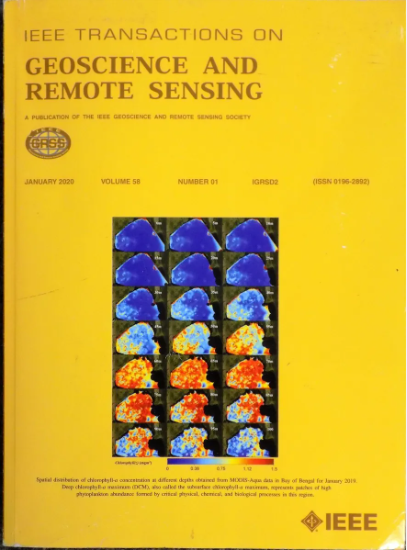Adaptive Homophily Clustering: Structure Homophily Graph Learning With Adaptive Filter for Hyperspectral Image
IF 7.5
1区 地球科学
Q1 ENGINEERING, ELECTRICAL & ELECTRONIC
IEEE Transactions on Geoscience and Remote Sensing
Pub Date : 2025-04-17
DOI:10.1109/TGRS.2025.3556276
引用次数: 0
Abstract
Hyperspectral image (HSI) clustering is a fundamental yet challenging task that typically operates without training labels. Recent advancements in deep graph clustering methods have shown promise for HSI due to their ability to effectively encode spatial structural information. However, limitations such as inadequate utilization of structural information, poor feature representation, and weak graph update capabilities hinder their performance. In this article, we propose an adaptive homophily structure graph clustering (AHSGC) method for HSI. Our approach begins with the generation of homogeneous regions to process HSI and construct the initial graph. Next, we design an adaptive filter graph encoder that captures both high and low-frequency features for subsequent processing. We then develop a graph embedding clustering self-training decoder using KL Divergence to generate pseudo-labels for network training. To enhance graph learning, we introduce homophily-enhanced structure learning, which updates the graph based on the clustering task. This involves estimating node connections through orient correlation estimation and dynamically adjusting graph edges via graph edge sparsification. Finally, we implement joint network optimization to facilitate self-training and graph updates, with K-means used to express latent features. The clustering accuracy on three datasets is 83.60%, 63.65%, and 86.03%, the FLOPs are 3.57G, 30.62G, and 2.95G. The source code will be available at求助全文
约1分钟内获得全文
求助全文
来源期刊

IEEE Transactions on Geoscience and Remote Sensing
工程技术-地球化学与地球物理
CiteScore
11.50
自引率
28.00%
发文量
1912
审稿时长
4.0 months
期刊介绍:
IEEE Transactions on Geoscience and Remote Sensing (TGRS) is a monthly publication that focuses on the theory, concepts, and techniques of science and engineering as applied to sensing the land, oceans, atmosphere, and space; and the processing, interpretation, and dissemination of this information.
 求助内容:
求助内容: 应助结果提醒方式:
应助结果提醒方式:


